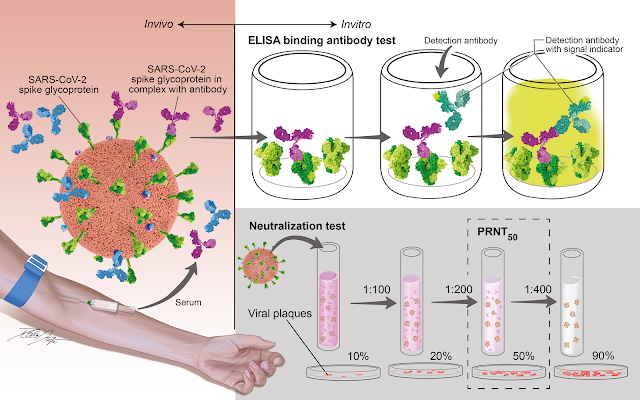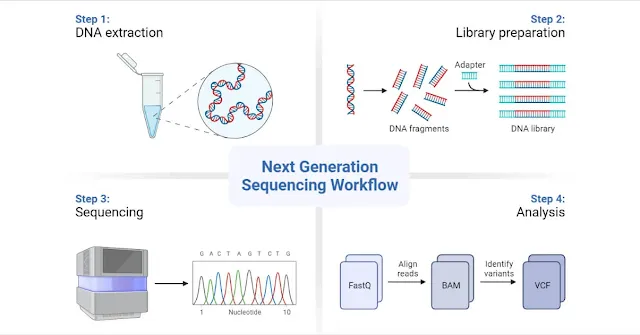Virology, the study of viruses, is a fascinating and crucial field of research. Virologists play a pivotal role in understanding, diagnosing, and combating viral infections. In this practical guide, we'll delve into the essential virology lab techniques that researchers use to unlock the secrets of viruses.
1. Viral Culture
Viral culture is the foundation of virology research. It involves growing viruses in a controlled environment, allowing researchers to study their behavior. Here's how it works:
Cell Lines: Viruses require host cells to replicate. Virologists use specific cell lines that are susceptible to the virus of interest. Common cell lines include Vero cells and HEK 293 cells.
Inoculation: Researchers introduce the virus into the host cells. This is often done in a culture dish or a flask.
Observation: Over time, researchers observe changes in the cells, such as cytopathic effects (cell damage) caused by viral replication.
2. Polymerase Chain Reaction (PCR)
PCR is a molecular technique that allows scientists to amplify and analyze viral genetic material. It's a cornerstone of virology research and diagnostic testing:
DNA or RNA Extraction: Viral genetic material is extracted from a sample, such as blood or tissue.
Amplification: PCR machines replicate the viral DNA or RNA, making it easier to detect.
Detection: Specific primers are used to identify the viral genetic material, providing information about the virus's presence and genetic makeup.
3. Serology
Serology involves the study of antibodies produced by the immune system in response to a viral infection:
Enzyme-Linked Immunosorbent Assay (ELISA): ELISA tests detect antibodies in a patient's blood serum. They're used to diagnose viral infections and assess immunity.
Western Blot: This technique is used to confirm the presence of specific viral proteins in a sample. It's especially useful in HIV research.
4. Electron Microscopy
Electron microscopy provides detailed images of viruses at the nanoscale:
Sample Preparation: Viral samples are fixed, dehydrated, and embedded in resin.
Imaging: A transmission electron microscope (TEM) or scanning electron microscope (SEM) is used to capture high-resolution images of viral particles.
5. Sequencing
Viral genome sequencing allows researchers to analyze the genetic code of viruses. It's essential for tracking viral mutations and developing treatments:
Next-Generation Sequencing (NGS): NGS techniques provide high-throughput sequencing, enabling researchers to decode entire viral genomes rapidly.
Phylogenetic Analysis: By comparing viral genomes, scientists can trace the origins and evolution of viruses.
6. Animal Models
Some virology research involves studying viruses in living organisms:
Animal Inoculation: Researchers infect animals (e.g., mice or non-human primates) with viruses to observe the course of infection and test potential treatments.
Ethical Considerations: Ethical guidelines and regulations govern the use of animals in research, ensuring their welfare.
Conclusion: Unraveling Viral Mysteries
Virology lab techniques are instrumental in uncovering the secrets of viruses, from their genetic makeup to their interactions with host cells. They play a vital role in disease diagnosis, vaccine development, and our ongoing battle against viral infections. As technology continues to advance, virology researchers will continue to refine and expand their toolkit, shedding light on the microscopic world of viruses and advancing our ability to combat them.













0 Comments